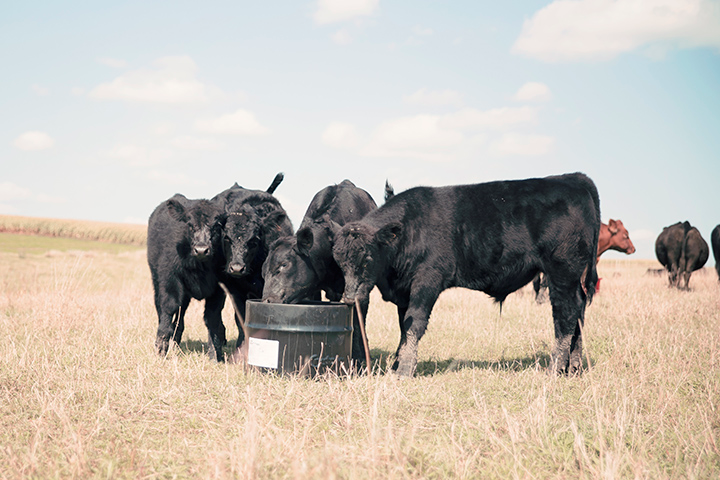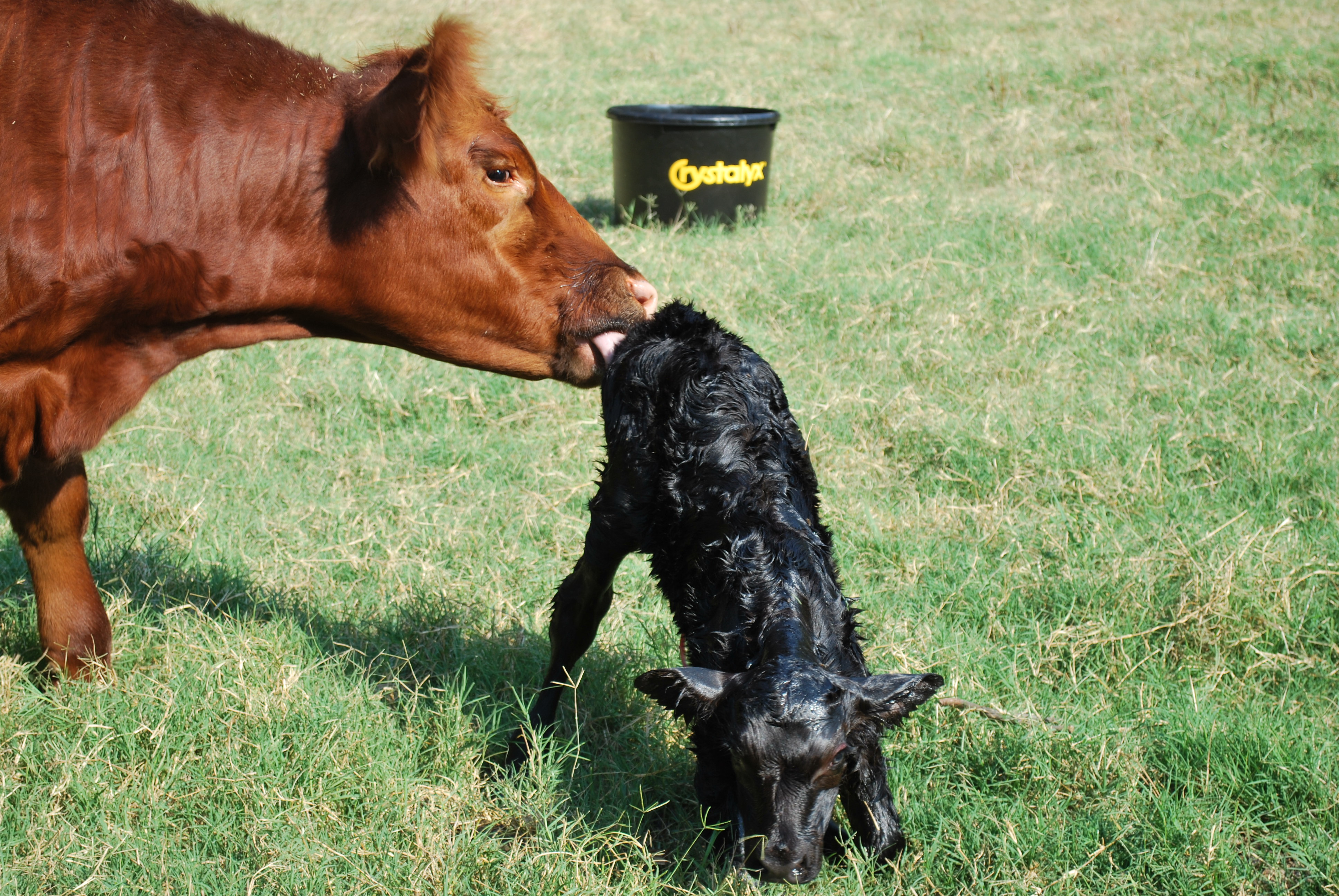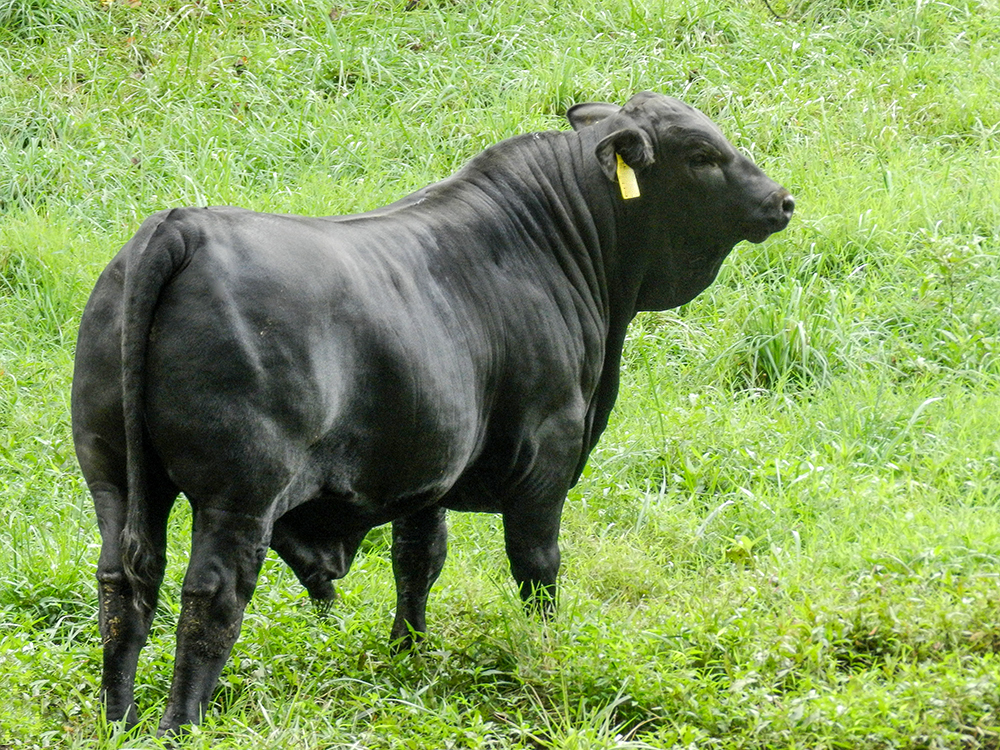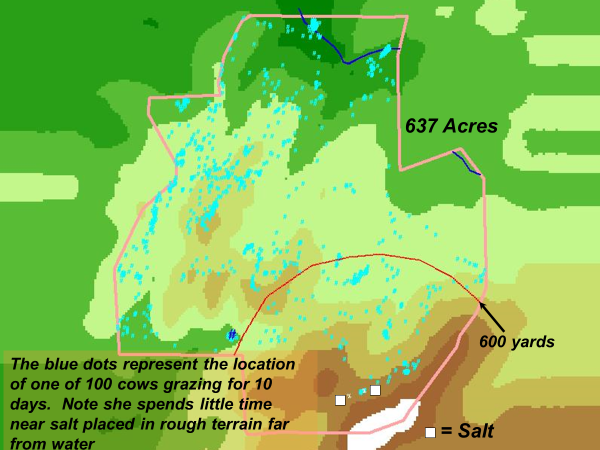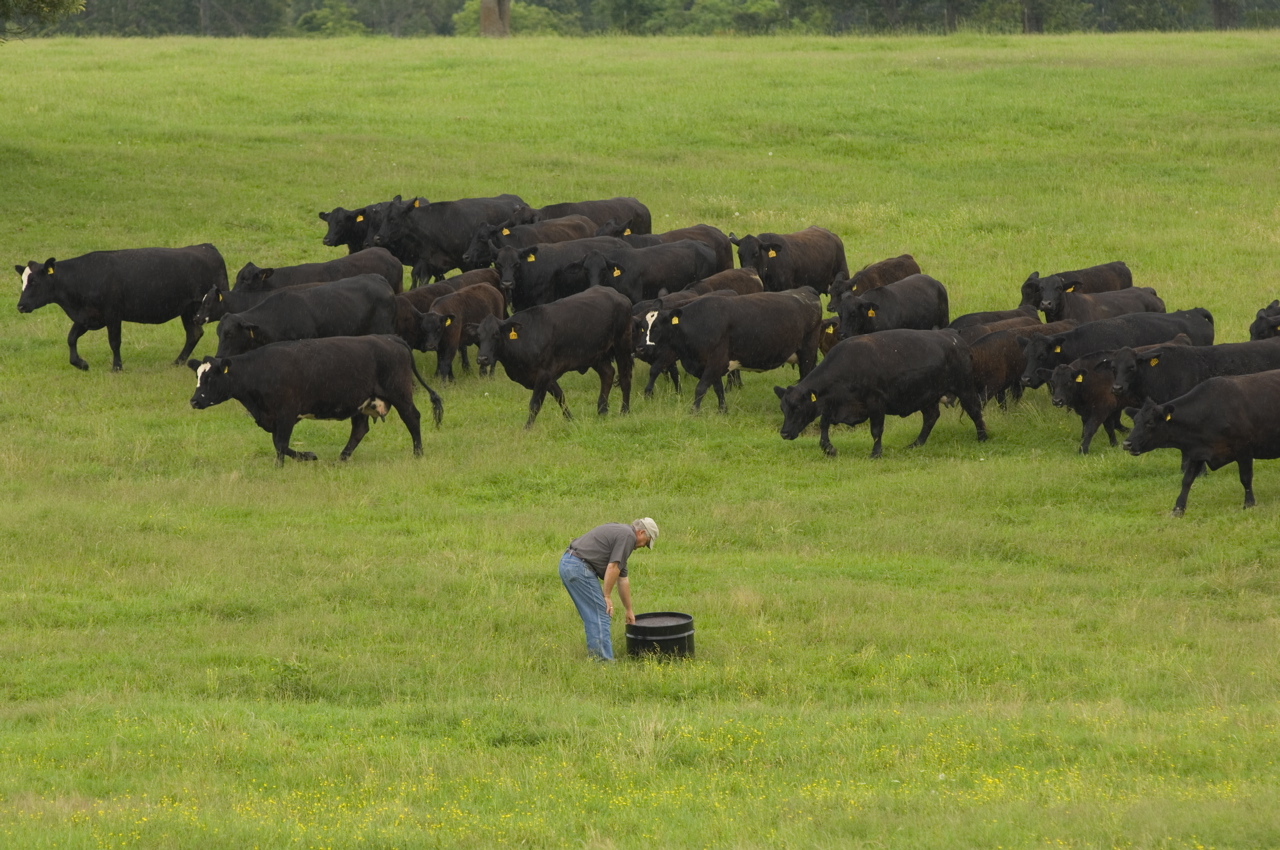Sustainable is an expressive term that has gained momentum when describing desired food production systems. It attempts to pull together all facets of what goes into food production and provide guidance to what is good for consumers, producers profitability, environment, livestock in the case of meat animal production, employees and communities. No small task when you consider these different parts of the food system. You can probably see without too much difficulty, that a priority in one area, could easily have a conflicting or negative effect in another area.
Beef as a functional food
One of the perks of my job is the opportunity to attend professional meetings and learn about the work of other scientists. One of the more interesting sessions at the recent joint meeting of the American Society of Animal Science and Canadian Society of Animal Science was about functional foods of animal origin.
Two points to remember in a drought
The Drought of the Central Dakotas is spreading to Nebraska and Eastern Montana. The change from an El Nino to a La Nina, can mean that much of the rest of the summer could be very dry in the Western and Plains States. Drier days are also likely ahead of us in the Corn Belt.
Manage your mineral and simplify your program with CRYSTALYX
The management of a mineral program is often grossly underestimated or under-appreciated– especially in free-choice programs for grazing cattle. Poor management leads to compromised mineral programs ending up with improper intake, excess waste, increased cost and/or poor cattle performance. In most cases, a poorly managed mineral program is just a waste of money. So how can we improve mineral management? CRYSTALYX® has some simple answers but first let’s look at some of the problems
Wham! Here comes summer and in some areas drought
No one likes to hear the “D” word and I don’t mean Dallas or even Divorce. We all know it as Drought! Many parts of the US don’t have to worry about drought now as moisture conditions this spring have been very generous. That is fortunate for many cattle producers as much of the pasture production as well as forages for hay crops, are greatly impacted by spring moisture conditions. Unfortunately, there is one area that has been dealing with Spring weather conditions that have been getting drier and drier. That is the Upper Plains States.
The dummies guide to fetal programming
If you are in the beef business and have not read an article mentioning fetal programing, or, if you have not heard someone speak on fetal programming at an industry meeting, you may need to get out a little more.
I have written a more in-depth blog on fetal programming before, and I do not intend to re state all of those points at this time. What I would like rather, is to make just a couple statements that should make for an easy take home message this week.
Does the fescue endophyte negatively impact bull fertility?
Roughly 25% of US beef originates from areas in which fescue forages are predominant. Losses associated with the fescue endophyte are estimated at a whopping $1 billion annually. Within this area of the US, 95% of the calf crop is achieved via natural service, making bull exposure to endophyte toxins a major issue.
The value of CRYSTALYX used for grazing distribution
As feed professionals and nutritionist, we often look at CRYSTALYX® supplementation to improve forage utilization, provide key nutrients, deliver additives like fly control compounds, or apply a strategy targeted at specific performance parameters (weaning or breeding). One other very valuable tool CRYSTALYX® provides, and has been researched extensively, is that of Grazing Distribution.
All about that beef
May is Beef Month. It’s a time to celebrate all that the beef industry has to offer, regardless of breed or management. To celebrate the industry we all love, I offer you 10 things to share about cattle that your non-ag friends may not know.
Summarize the calving season for the beef cow herd prior to pasture turnout
Driving this week it was very apparent that spring has arrived and cattle will be turned out to pasture very soon in many areas. Tractors were in the fields completing manure application with tillage and planting equipment starting once soils begin to dry up a bit. Increased activities over the next few weeks signal a critical time in many agricultural production systems and this is especially true for the cow calf sector. A couple of the benefits of CRYSTALYX® Self Fed Supplements are the saving time compared to hand fed supplements and the added confidence of consistent nutrient delivery during critical production phases.



